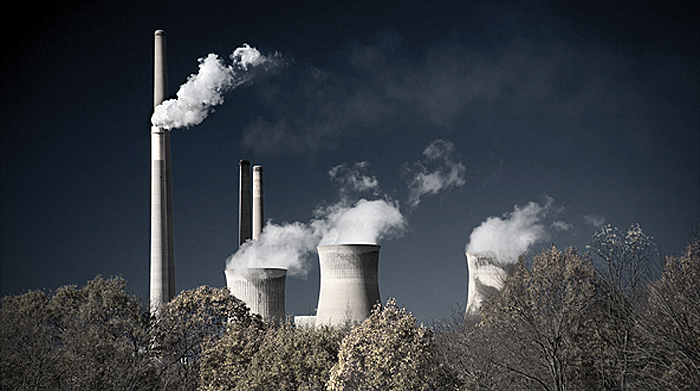Goodbye Homer City Generating Station

Image courtesy of Caribb under Attribution-NonCommercial-NoDerivs 2.0 Generic License, resized to 700 x 391 pixels.
After more than half a century in service, the largest coal-fired power plant in Pennsylvania – Homer City Generating Station – will shut down July 1, 2023, due to adverse market conditions. As of the time of this writing, the plant’s operator (NRG Energy) is seeking PJM approval for the retirement, which is expected to be granted. Here’s what it means.
Why Homer City Generating Station is Shutting Down
The 1,888-megawatt plant, which is located about 50 miles outside of Pittsburgh, is closing due to lack of price competitiveness in the region, primarily stemming from the increasing cost of coal, changing environmental conditions, and the new emissions limits imposed by the EPA.
It’s been fighting to stay in operation for several years, even declaring bankruptcy in 2017, but all options have apparently been exhausted. The plant can power 2 million homes but has been operating at a much lower capacity in recent years – for example, it operated at an annual operating capacity of 82% in 2005; in 2022, the capacity factor dropped to a paltry 20%.
With the closure of the Homer City Generating Station, there will be no more coal-fired generation in Pennsylvania after next year. The move is not a surprise and mirrors industry trends – coal-fired generation has declined by 68% from 2010 to 2020. The plant, along with all other coal-fired plants, simply cannot produce power as efficiently as the newer and more efficient natural gas-fired, combined-cycle power plants.
The good news is that the closure is not expected to negatively impact the reliability of the grid that serves Pennsylvania and 12 other states. Just to be sure, the regional transmission organization, PJM, said it would monitor the effect of the closure. From an emergency preparedness perspective, that is music to my ears.
The Homer City Generation Station closure is yet another example of the transition currently happening in the industry, and utility emergency planners need to be on their game to navigate the challenges this and similar changes will bring going forward.



